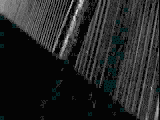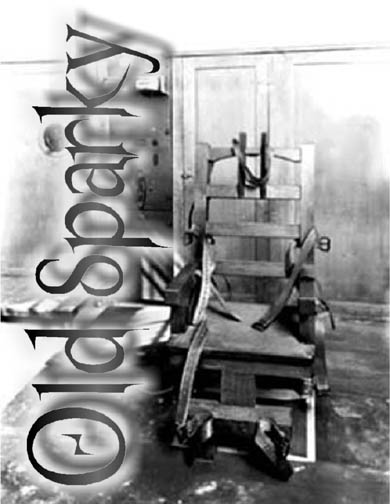
Wicked Beernut Home - Halloween Home - Thrash 'n Burn

Research
Most of the pictures on this web page are thumbnails. Each thumbnail is ¼ size and ¼ quality of the full image, approximately 3K bytes. Each thumbnail is a hyperlink to a full image that is approximately 42K - 103K bytes.
|
Death and Money: The History of the Electric Chair Part 1: The History of the Electric Chair and Death by Execution
By Mary Bellis In the 1880's, two developments concurred to set the stage for the invention of the electric chair. In 1886, the New York State Government established a legislative commission to study humane forms of capitol punishment. At that time hanging was the number one method of carrying out the death penalty, even while considered too slow and painful a method of execution. The second development was a growing rivalry between the two giants of the young electrical utility industry. Thomas Edison was the first person to establish himself in the industry with DC service. Westinghouse, developers of the newer AC technology, challenged Edison's dominance of the utility industry. At the same time, copper prices were beginning to rise and DC depended on thick copper electrical cables. Rising copper prices made the DC service more costly and DC had other disadvantages, it could not provide services beyond a few miles of each generator. Edison reacted to the competition by starting a smear campaign against Westinghouse, claiming AC technology was unsafe to use. In 1887, Edison held a public demonstration in West Orange, New Jersey, supporting his accusations. Edison set up a 1,000 volt Westinghouse AC generator attached to a metal plate and executed a dozen innocent animals. The press had a field day describing the event and the new term " electrocution " was used to describe execution by electricity. On June 4, 1888, the New York Legislature passed a law establishing electrocution as the state's method of execution, but since two potential designs (AC and DC) of the electric chair existed, it was left to a committee to decide which form was better. Edison actively campaigned for the selection of the Westinghouse chair, expecting that the consumer would not want the same type of electrical service in their homes. Later in 1888, the Edison research facility hired inventor Harold P. Brown. Brown had recently written a letter to the New York Post describing a fatal accident where a young boy died after touching an exposed telegraph wire running on AC current. Brown and his assistant Dr. Fred Peterson began designing an electric chair for Edison. They conducted cruel experiments using dogs, horses and cows to research AC electro-cution, publicly experimenting with DC voltage to show that it left the poor lab animals tortured but not dead, then testing AC voltage to demonstrate how AC killed swiftly. The press always invited to watch these experiments gave the research much publicity. Dr. Peterson steered the government committee that had to select the best electro-cution method. Peterson was still on the payroll of the Edison Company, so it was not surprising when the committee soon announced that the electric chair with AC voltage was chosen for the State's prison system. On January 1, 1889, the world's first electrical execution law went into full effect. Westinghouse protested and refused to sell any AC generators directly to the New York State prison authorities. Edison and Brown found a way around Westinghouse and provided the AC generators needed for the first working electric chairs. Westinghouse funded the appeals for those first few souls sentenced to death by electrocution, the appeals were made on the grounds that "electrocution was cruel and unusual punishment." Edison and Brown both testified for the state that execution was a quick and painless form of death. The State of New York won the appeals. For many years people referred to the process of being electrocuted in the chair as being "Westinghoused". Edison's plan to bring on the demise of Westinghouse did not work, on the contrary it soon became clear that the AC technology was vastly superior to DC technology. Edison finally admitted years later - that he had thought so himself all along. |
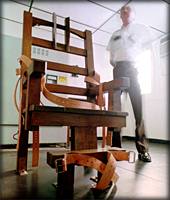
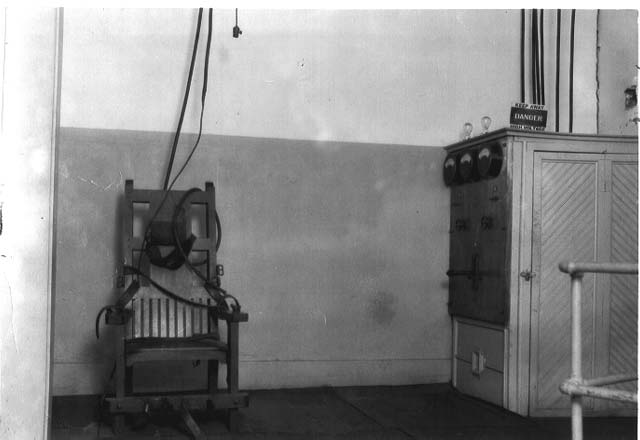
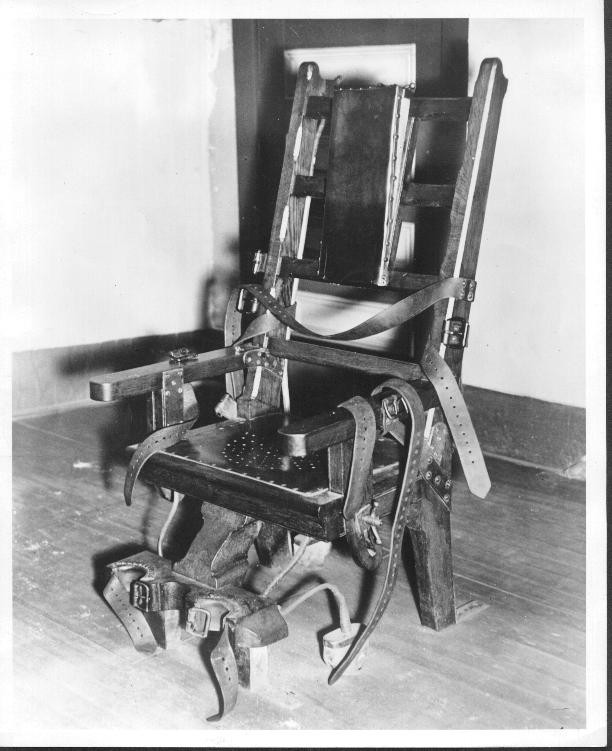
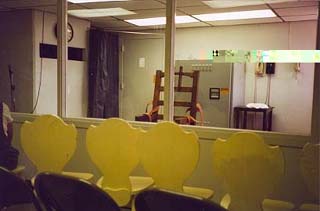
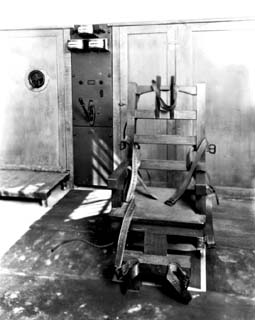
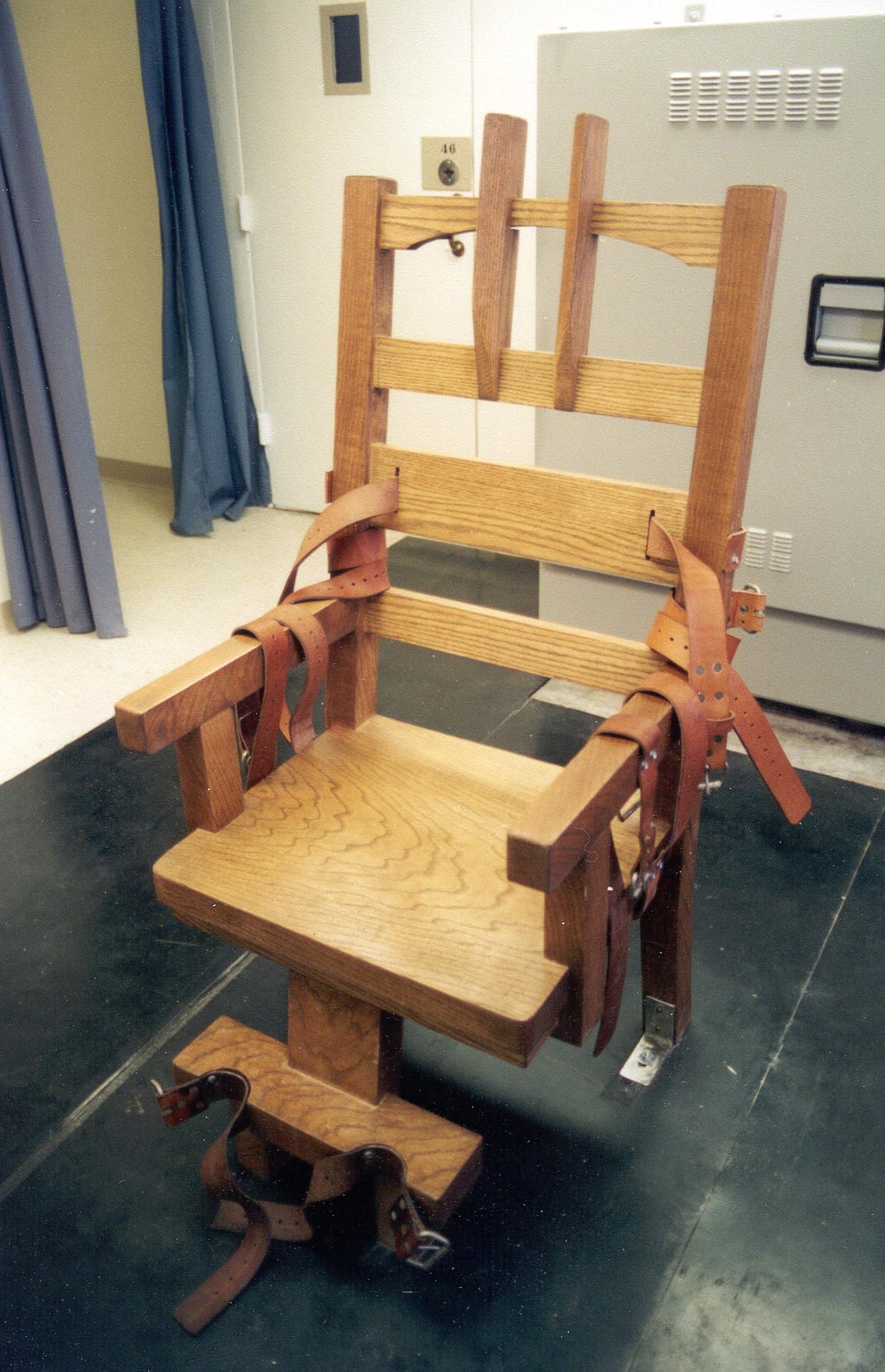
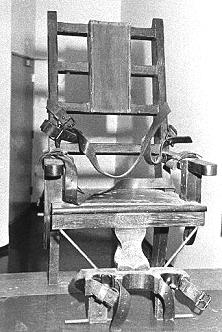
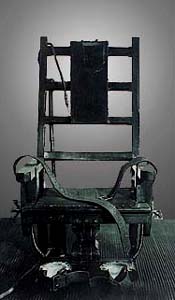
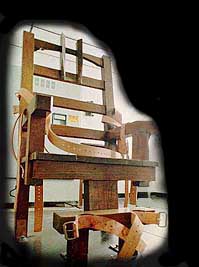
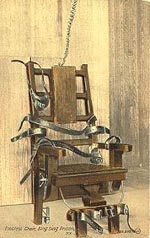
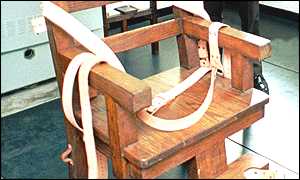
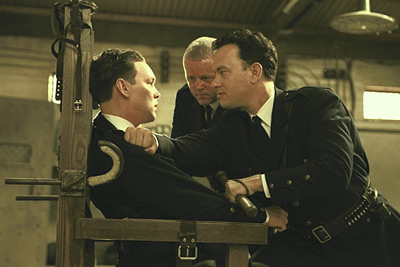 -
-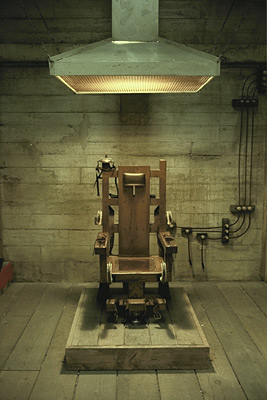
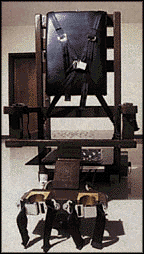
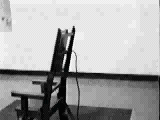 -
-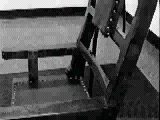 -
-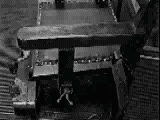 -
-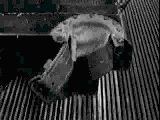
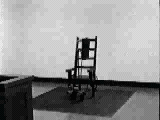 -
-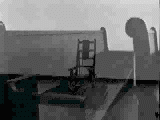 -
-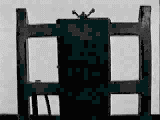 -
-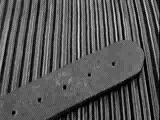
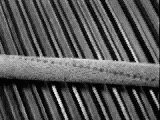 -
-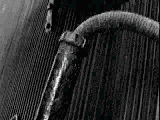 -
-